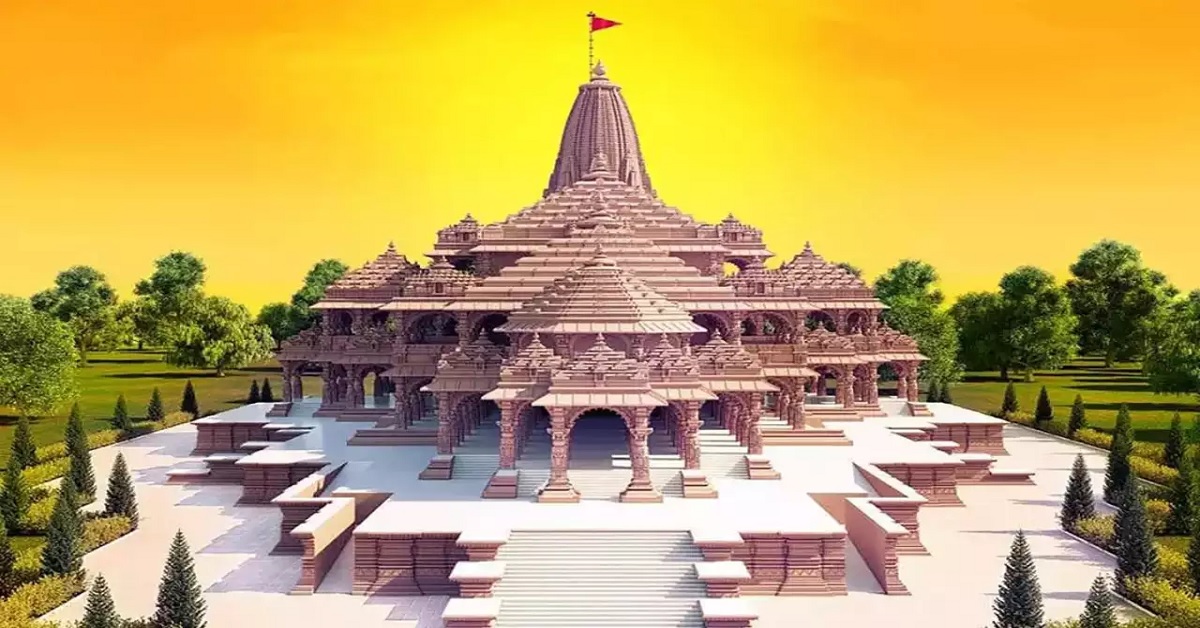A group of former civil servants deeply committed to the Constitution of India and its morality, has issued ab open statement to express our deep disquiet about the manner in which the Indian state was closely associated with the consecration ceremony of the Shri Ram Temple in Ayodhya on January 22, 2024.
As many as 65 former civil servants are signatory to the statement. They include Sundar Burra, Nitin Desai, Sanjay Kaul, Anita Agnihotri, Julio Ribeiro among others.
In the detailed statement, they say,
”Religion is a private matter according to India’s constitutional arrangements. All persons, including public officials, are free to follow their religious beliefs. However, it is imperative for public officials to be mindful to carefully separate their religious beliefs and practices from their official duties.
“This is especially important for a person holding the high constitutional office of Prime Minister, as the leader not just of people of one religious identity but of all people of India of diverse religious beliefs.
“This separation between personal religious belief and practice and official duties was breached on January 22, 2024 when, in the presence of the Prime Minister, the statue of Shri Ram was installed and consecrated in the Ram Temple in Ayodhya. The event brings to our mind the advice given by India’s first Prime Minister Jawaharlal Nehru to President Rajendra Prasad at the inauguration of the reconstructed Somnath Temple in Gujarat at a juncture when the wounds of Partition were still healing in the subcontinent: “This is not merely visiting a temple, which can certainly be done by you or anyone else, but rather participating in a significant function which unfortunately has some implications.”
“In the present case, the consecration of the idol of Shri Ram was undertaken at a site where, while granting the right to construct the temple at the site, the Supreme Court had clearly observed in its judgment of November 9,2019:
“The exclusion of the Muslims from worship and possession took place on the intervening night between 22/23 December 1949 when the mosque was desecrated by the installation of Hindu idols. The ouster of the Muslims on that occasion was not through any lawful authority but through an act which was calculated to deprive them of their place of worship. After the proceedings under Section 145 of CrPC 1898 were initiated and a receiver was appointed following the attachment of the inner courtyard, worship of the Hindu idols was permitted. During the pendency of the suits, the entire structure of the mosque was brought down in a calculated act of destroying a place of public worship. The Muslims have been wrongly deprived of a mosque which had been constructed well over 450 years ago.”
“Despite its above observations, the Supreme Court permitted the construction of the temple by a trust set up under Section 6 of the Acquisition of Certain Area at Ayodhya Act 1993.
The statement adds,
“Given the troubled history of the last three decades, it would have been in the fitness of things if the consecration of the temple had been undertaken by heads of the Hindu religious faith rather than by a constitutional functionary, which goes against the basic credo of secularism enshrined in the Preamble to the Constitution of India.
“Of even greater concern to us are the developments in the last month before and after the consecration of the temple. In the Prime Minister’s speech at Ayodhya on January 22, 2024, he affirmed that the Ram temple construction reflected Indian society’s maturity. Further, he stated that the consecration was an occasion of not merely triumph but humility too.
“However, the incidents at Mira Road in Maharashtra and some other places in the country have witnessed a wholly unnecessary show of triumphalism by certain elements from the Hindu community leading to reactions from elements from the Muslim community.
“At times like these, it behoves the majority community to show restraint and maintain dignity, especially when a fractious issue has finally reached resolution.
” On the contrary, the efforts over the past few days to raise fresh issues concerning the religious faith of the two communities – Gyan Vapi mosque at Varanasi, Krishna Janmabhoomi at Mathura, the conduct of the Shah Jahan Urs at the Taj Mahal and the Haji Malang dargah at Kalyan (Maharashtra) – are unnecessary irritants to social peace and harmony at a time when so many more important issues confront the nation. Nor have matters been helped by the unnecessary haste shown by the authorities in Delhi in demolishing the Mehrauli dargah and madarsa and raising the issue of the removal of the Sunehri Bagh Masjid in the heart of New Delhi ostensibly on grounds of streamlining traffic flow. Surely, government agencies should have a senseof propriety to know when to bring up contentious issues.
“As a multicultural society which has absorbed people from so many other lands over millennia, it ill behoves us as a nation for its citizens to adopt a narrow, xenophobic approach towards those who have different religious beliefs or belong to other ethnic communities. India’s status in the world since 1947 has been, to a considerable extent, founded on its ability to successfully run a country of so many diverse groups and faiths on democratic principles. It is the primary responsibility of the Union Government and the State Governments tomaintain an equal distance from all religions, inculcate in theircitizens the principle of fraternity enjoined by the Preamble to the Constitution of India and apply strictly the rule of law in ensuring that all citizens conduct their day to day affairs as laid down by the Constitution of India and the laws thereunder.
The entire text of the statement and list of signatories may be viewed below:
